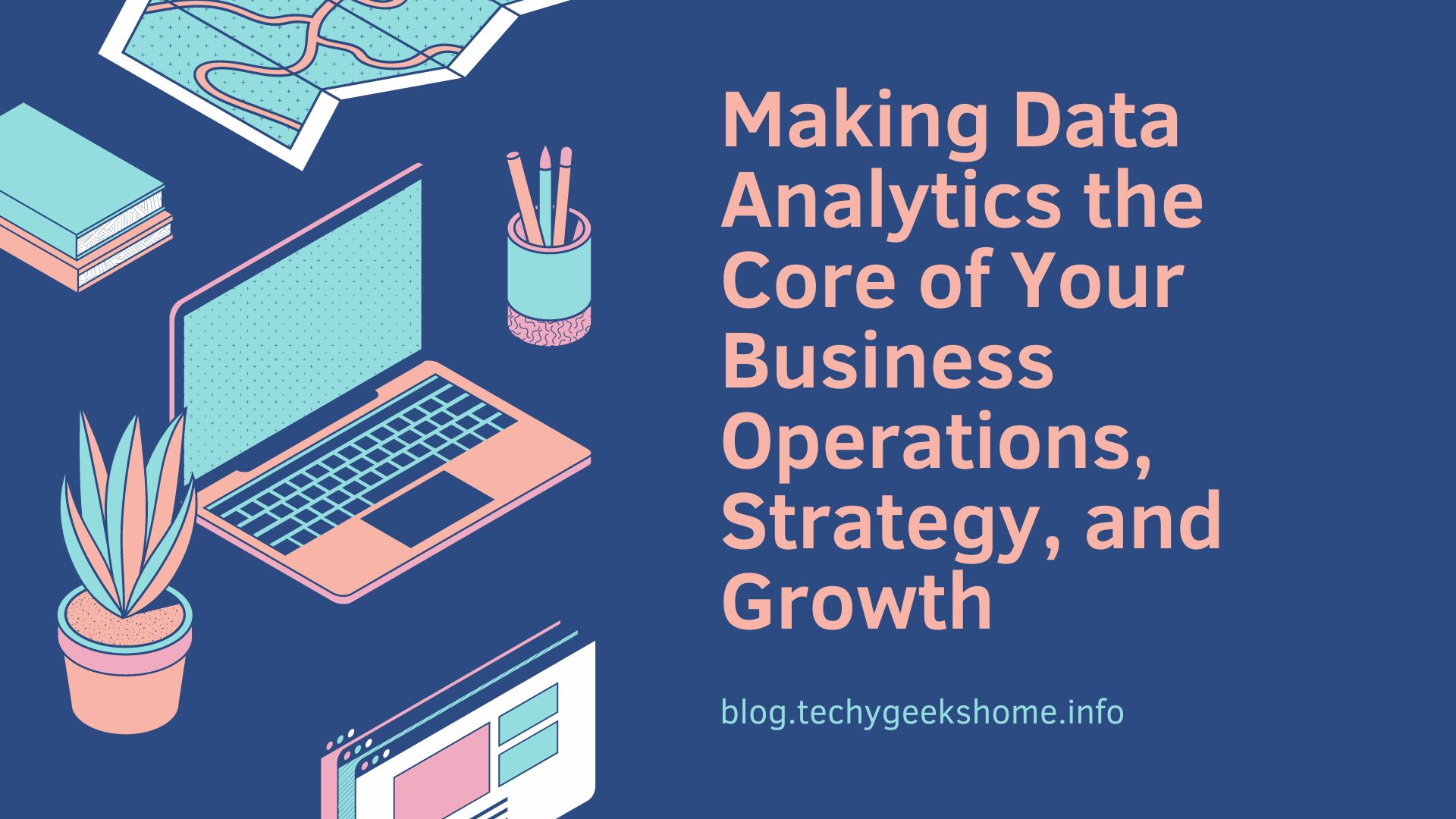In the current business landscape, data analytics is no longer an optional luxury but an essential part of how companies operate, strategize, and grow. Leveraging data can offer invaluable insights, from fine-tuning marketing campaigns to optimizing inventory and improving customer retention. By embedding analytics into the DNA of your organization, you create an agile, data-driven culture that reacts to insights rather than guesses and outdated experiences.
Customer Acquisition and Retention
The customer is the cornerstone of any business. Thus, understanding customer behaviour, preferences, and needs is crucial. Data analytics can help dissect customer data to unveil patterns and trends. Analyzing customer interactions, purchase history, and even online behaviour can help in segmenting the audience, thereby facilitating targeted marketing and personalized services. Additionally, predictive analytics can identify high-value customers who are more likely to convert, as well as spot early signs of customer churn, allowing for timely intervention.
Marketing Campaigns
Data analytics provides the fuel for effective marketing campaigns. By understanding who your customers are, what they want, and how they engage with your brand, you can tailor your marketing messages to resonate with them deeply. A/B testing, for example, can be used to determine which types of content, designs, or messaging are most effective. With the right analytics, you can ensure every dollar spent on marketing delivers the maximum ROI, continually refining your strategies based on what the data tells you.

Social Media Marketing
Given the significance of social media platforms like Facebook and Instagram in modern marketing, it’s crucial to understand how data analytics can guide your strategies on these platforms. Instagram Reels, for instance, is emerging as a powerful tool for brands to showcase their products and services in bite-sized, engaging videos. Using an Instagram reel maker, businesses can craft professional and captivating content that aligns with their brand’s voice and appeals to their target audience. By tracking metrics such as user engagement, likes, shares, and the time spent on your posts, you can quickly adapt your content to better suit your audience’s preferences. Analytics tools within these platforms allow you to understand your audience demographics, optimal posting times, and even the types of content that are more likely to convert. As social media is ever-evolving, staying data-driven ensures you can quickly adapt to new trends and audience behaviours.
Risk Management
In the business world, every decision comes with a degree of risk. Advanced analytics tools can predict potential risks and quantify their impacts, enabling businesses to make more informed decisions. For instance, credit score analytics can help financial institutions predict the likelihood of loan defaults, while supply chain analytics can foresee potential disruptions. By integrating risk analytics into your decision-making processes, you not only protect your operations but also position yourself to capitalize on opportunities more aggressively.
Inventory and Supply Chain Management
Overstocking or understocking can be detrimental to a business. Data analytics can provide real-time insights into your inventory levels, customer demand, and supply chain logistics. Predictive analytics can foresee sales trends, allowing you to adjust your inventory levels accordingly. Moreover, analytics can identify bottlenecks or inefficiencies in your supply chain, enabling you to take corrective action before issues escalate.
Employee Analytics
In today’s business world, where acquiring and retaining talent has become more challenging than ever, understanding your workforce is vital. Just as businesses analyze data to understand their customers better, employee analytics can offer in-depth insights into your workforce. For example, you can optimize performance. Through the careful analysis of performance metrics, businesses can identify high performers and those who might be struggling. This not only helps in recognizing and rewarding top talent but also provides opportunities to assist those who might benefit from additional training or resources. Another area analytics can assist in is identifying skill gaps. With the help of data, organizations can determine where the skill shortages lie within their teams. By analyzing the performance metrics of projects or tasks against the skill sets of the workforce, management can identify where training or hiring might be necessary.
Product Development
Data analytics isn’t just about improving what exists; it’s also about innovating new products or services. By analyzing market trends, customer feedback, and competitive landscapes, businesses can identify gaps in the market or potential areas for improvement in existing offerings. This data-driven approach to product development ensures that you are creating solutions that not only solve actual problems but also have a ready market.
Operational Efficiency
Operational data is often underutilized in many businesses. From employee productivity to equipment efficiency, data analytics can offer insights into various aspects of your business operations. For example, time-tracking software can reveal employee productivity trends, while machine sensors can provide real-time data on equipment efficiency. By continually monitoring this data, you can make data-informed adjustments that improve productivity and reduce operational costs.
The integration of data analytics into every facet of a business is an ongoing process that pays dividends in the long term. It involves fostering a culture that values data-driven decision-making and continually investing in the right tools and skills to interpret data effectively. Whether it’s acquiring new customers, enhancing marketing campaigns, or optimizing operations, making data analytics central to your business strategy equips you with the agility and insight needed to thrive in today’s fast-paced and competitive environment.
Discover more from TechyGeeksHome
Subscribe to get the latest posts to your email.











